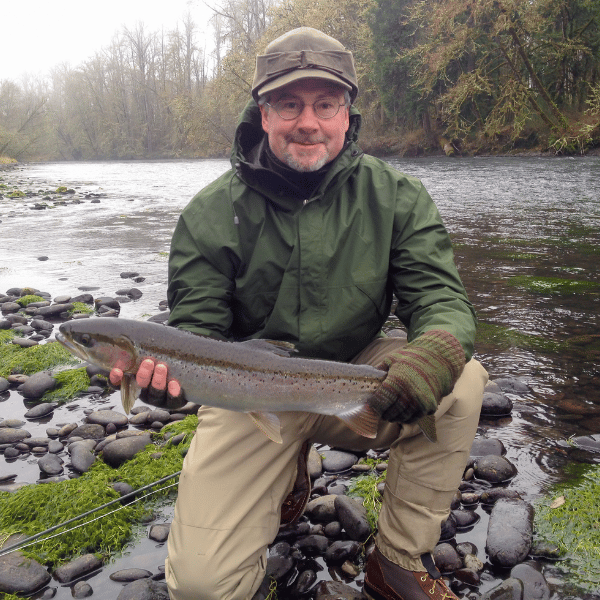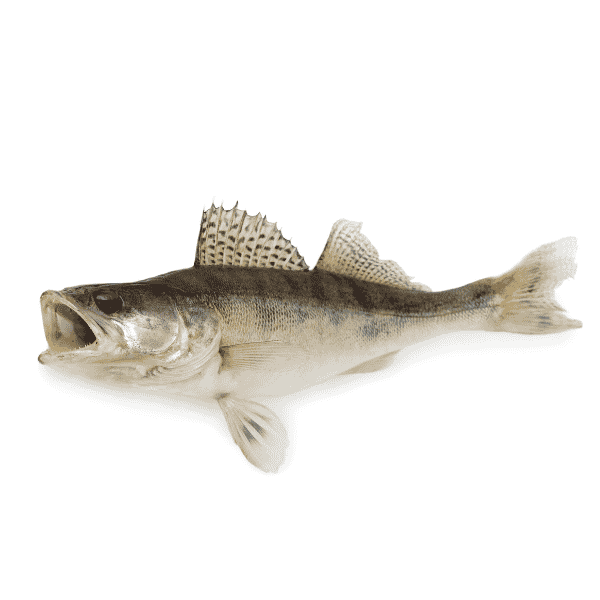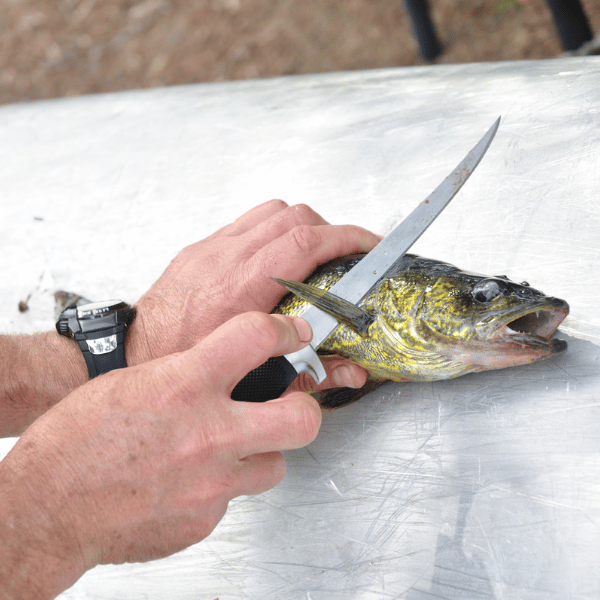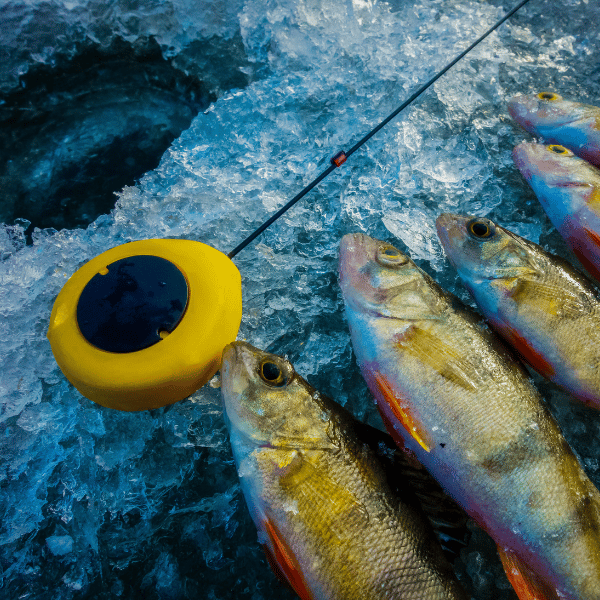Beginner Guide to Fly Fishing Entomology
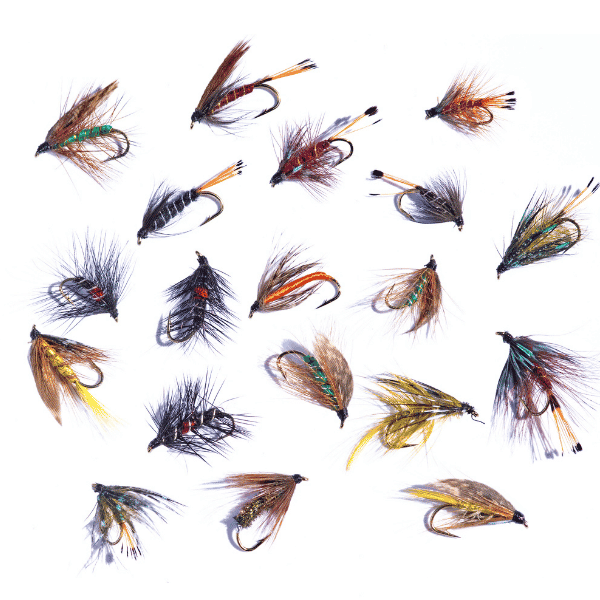
If you are getting serious about fly fishing, you will want to start studying fly fishing entomology to know what are the best fly fishing insects to use for different fish.
In this guide, we go through the basics of fly fishing entomology for beginners so you can increase your chances of catching more fish.
Contents
What is Fly Fishing Entomology?
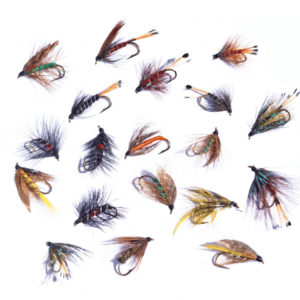
Fish eat bugs and as a fisherman, you want to know which bugs your particular brand of fish enjoys! To do that, you’ll need to understand some basic fly fishing entomology.
Fly fishing entomology is all about understanding the aquatic insects that make up a fish’s everyday meal. These bugs may change throughout the year and depend a lot on the type of fish and the area you’re fishing in.
At the center of fly fishing entomology is the ability to identify the family of the bug and the stage of life that the bug is in. Once you’re able to understand and conquer that, you’ll be able to see what your brand of fish will be eating in that part of the water.
You don’t need to memorize every type of bug you’ll see while out on the water but with the basics of fly fishing entomology, you’ll be able to easily discern what type of fly you’ll need to snag the fish you want. Fly fishing entomology is all about being able to carefully discern and sort through the different categories of insects.
There are eight categories of insects on the water that all fly fishers should memorize and understand. Each of these categories is then broken down into the various life stages of the insects. The eight categories are midges, mayflies, caddis, stoneflies, terrestrials, scuds and sowbugs, annelids, and dragonflies.
All of these insects go through different stages in their life including the larva, emerger, adult, and spinner stages. Each of these corresponds to a different fly pattern that can be used while out on the water. Between the eight different categories and the different stages, there are ample choices when it comes to creating or buying a fly to attract a particular type of fish.
Types of Aquatic Insects Fish Eat
There are four specific types of aquatic insects that feed fish: mayflies, caddisflies, midges, and stoneflies. They’re more or less prolific based on the type of waterway and the foliage surrounding it.
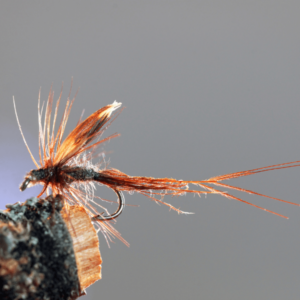
These aquatic insects spend their entire life cycles underwater until they transform into adults that look to mate while out in the air. When the insect hatch and head for the air above the water the sudden movement catches a trout’s eye. This causes a massive feeding frenzy as all the fish in the area try to hunt down the insects before they fly too far away.
As a fly fisherman, you want to match this hatch with the type of fly you cast and how you cast it. Before delving into your tackle box, you need to be able to accurately identify the insect and its behavior so you’ll more accurately be able to match the hatch.
Mayflies are the most well-known and well-documented of all the fly fishing entomology. They remain an important food source in many trout habitats and their hatch creates ideal fishing situations.
Caddisflies are almost as populous as mayflies in many streams and rivers but because they are more tolerant of pollution, they can come to dominate certain waterways. There are two main types of caddis: cased and non-cased. As the caddis hatch, they skim along the surface of the water causing the trout or other fish to slash at them and splash the water. You can imitate this skimming and catch a trout’s attention quickly.
Midges are small and thrive in slow water with a muddy bottom. The midge and its behavior are especially important if you’re fishing spring-fed creeks or tailwaters. They’re constantly dislodged from their resting places and are a consistent food source for trout. Since midges are seen as a larva that twists and turns like a small worm, some of the best imitations are simply threading that is twisted and wrapped to look segmented.
Stoneflies are most commonly found in cold, clear, fast-flowing streams. While the emergence of stoneflies from their nymph phase isn’t as important as other species, their migration toward shore is vital. As they’re washed to shore, trout gather in the shallows to feed on the insects creating a prime location for tossing a fly.
Types of Flies to Mimic the Aquatic Insects
Now to the fun part! Once you have a good idea of how each insect in the area acts and looks when in different stages of life, you can plan the best way to take your trout. You know what will tempt them to take a bite.
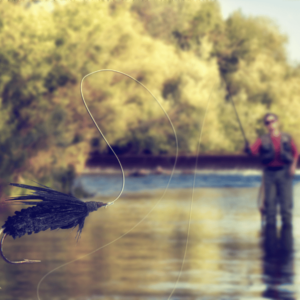
Mayfly duns are the stage that appeals the most to trout as they skim across the water like small sailboats. To imitate this behavior, you’ll choose a dry fly that will float across the surface of the water. You can pick up a dry fly from your local fly shop but with this stage, it’s less about an exact imitation and more about delivery.
As long as your fly is the approximate shape and size and is then delivered correctly, you’ll be able to catch fish. Check out using a fly called a Parachute Adams. It’s available in a wide range of sizes to blend in with the local mayflies on your waters.
Free-range caddisflies are small inchworm-like insects that offer several different stages for fly fisherman to imitate. When they’re small and float into the water column you can use Green Weenies or Green Rockworms to imitate the larvae. After they hatch and run along the water, you can use a fly called Craig Mathews’s X-Caddis or a Henryville special to capture the movement.
Midges are easy to imitate and you can create a fly to capture their movement without much in the way of special equipment. Use a piece of thread that can be easily twisted to look as though it’s been segmented and wrap it on a curved hook. This is a simple fly but is useful as you attempt to pull fish from the stream or river.
Stoneflies are larger and like to make their homes in clear, cold, fast-flowing streams where they quickly become an important food source for trout. There are dozens of different flies you can use for all stages of a stonefly’s life. In the nymph stage you can use Yuk Bugs and for adults turn to Barry’s Hedge Hog or the Rogue Foam Stone to get the desired effect.
What Flies Imitate Mayflies?
Mayflies are the most common and most abundant type of food source on almost any waterway. They go through four stages of life and at each one trout find them hard to turn down.
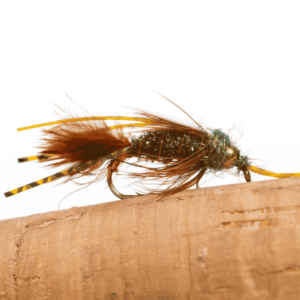
The mayfly dun seems to catch a trout’s attention the most often and a well-loved fly to imitate the motion is the Parachute Adams. You can also use nymph patterns like Pheasant Tails and Hare’s ears in a wide range of sizes to imitate the way nymphs move and interact.
If you’re fishing in rough water or riffles, use a Catskill or Wulff-style fly tied with dark brown material to imitate mayflies in the stage of emerger. If you’re using a spinner, use one in a rusty or cream-colored imitation with buoyant material to imitate wings.
In small streams, trout can be easy to catch with any fly pattern as the fish themselves aren’t particular about the stage of mayfly life. But in more popular catch-and-release streams, fish may hone in on certain stages of the mayfly life cycle and you’ll need to be able to imitate them specifically before you get a bite.
Fly Fishing Entomology Flies
Knowing more about your surroundings and the way fish choose to feed on the local bugs is a great way to improve your success rate. While knowledge is power, there is still a certain level of the unknown when it comes to fly fishing and true trial and error will end up being your best friend.
Plan to experiment with different types of flies that imitate the various life stages of mayflies, caddisflies, midges, and stoneflies. Each of these aquatic insects will cause different reactions among the fish and you’ll never know until you try which one will catch the big one.
Fly fishing entomology can be an in-depth course or a quick overview. If you’re serious about knowing and experimenting with everything you can when it comes to fly fishing, you can invest in a full fly fishing entomology course. You’ll know the ins and outs of every bug on the water and be able to mimic them all in no time!
With basic knowledge, you’ll be able to create your flies and start pulling in those record-breaking trout.

